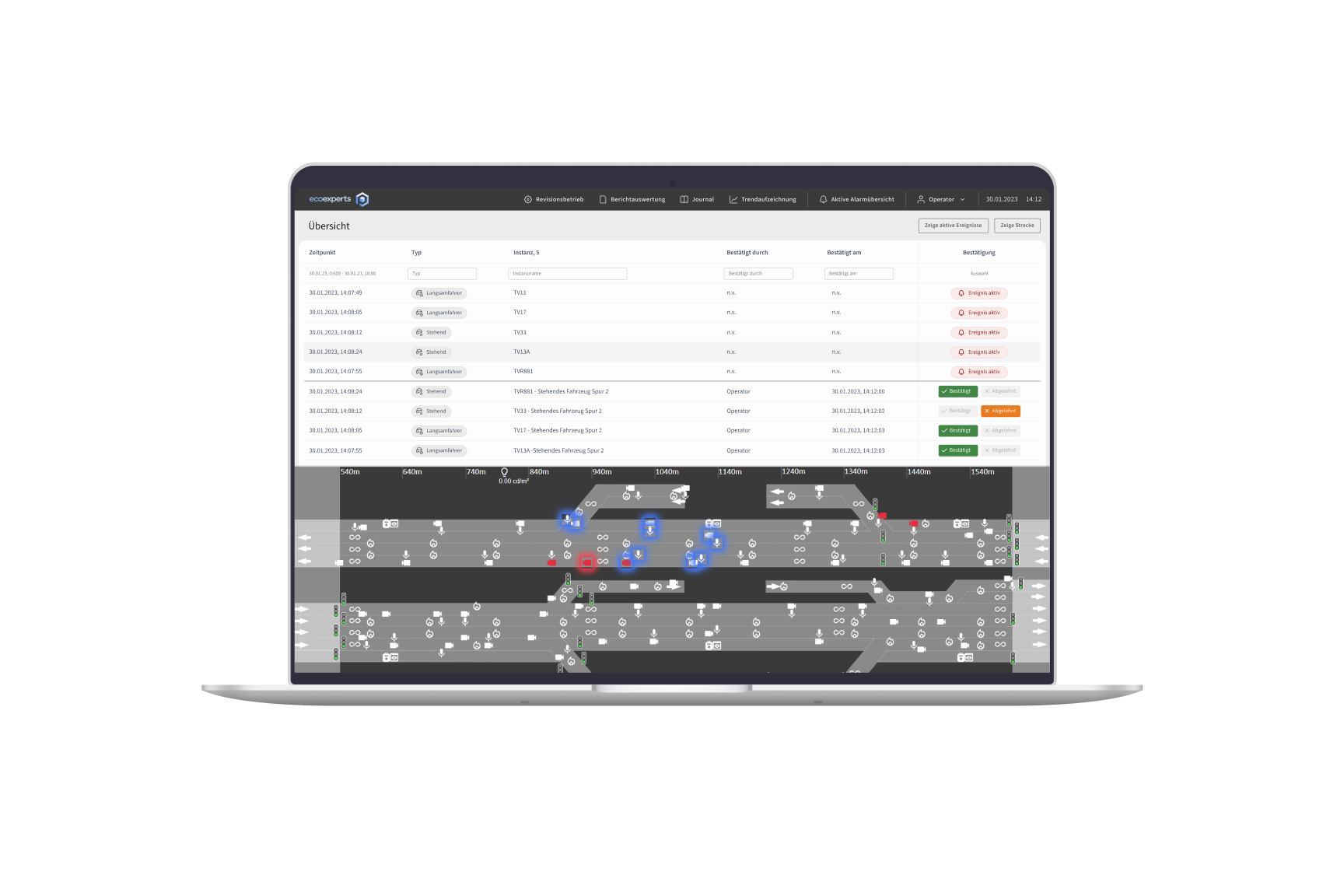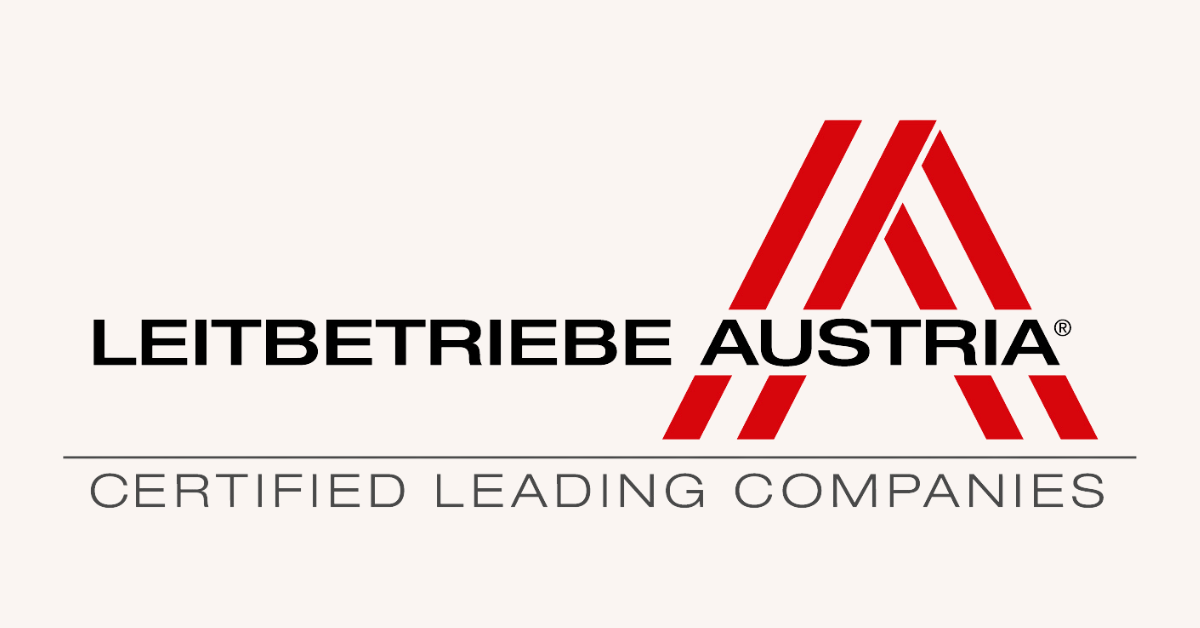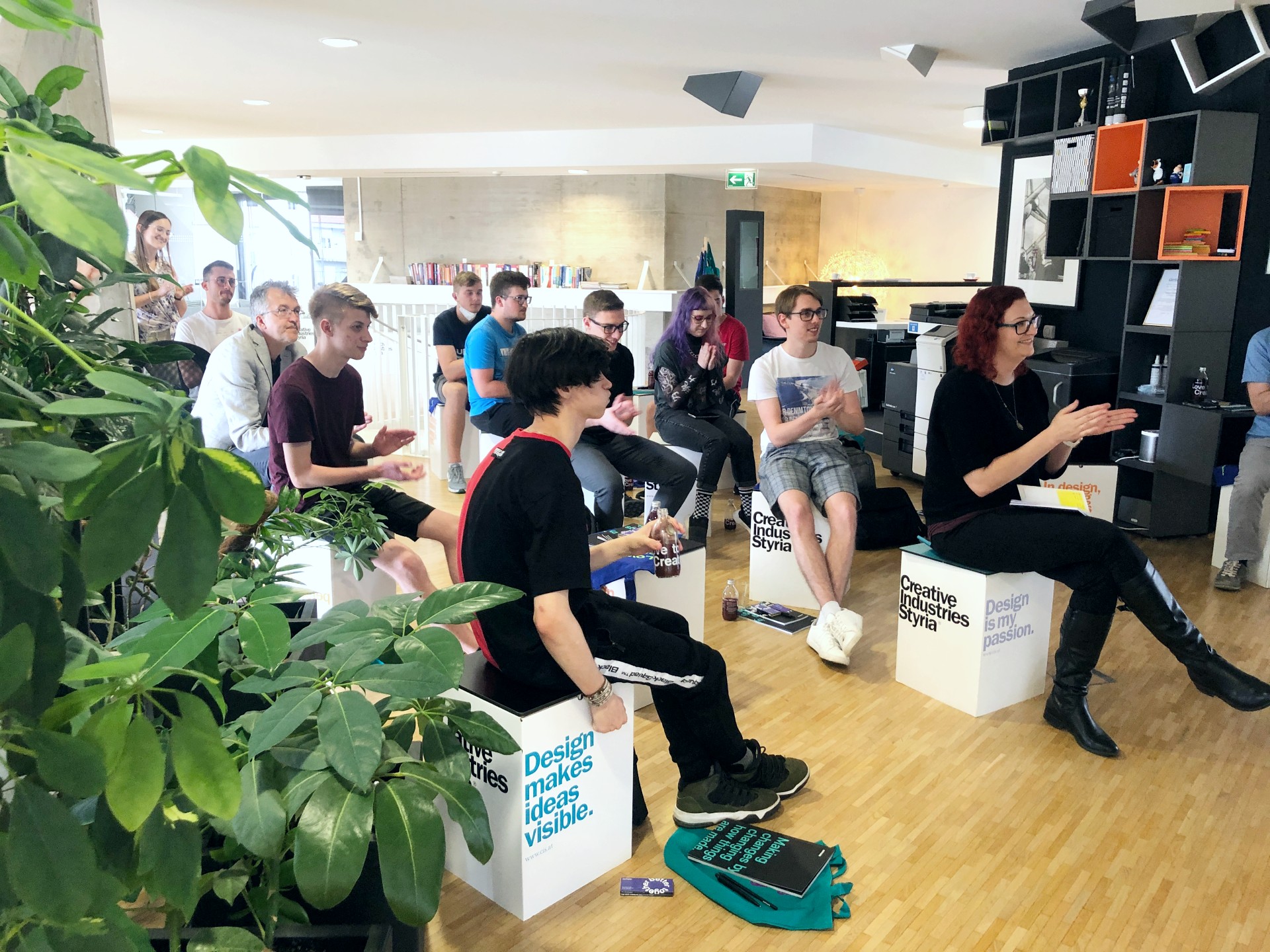

Want to work with us?
services require detailed research
and development. Let’s talk about your
needs.
Industry-wide, we are witnessing that the development of internal applications is becoming more and more important — especially when this indicates the potential to reduce costs through process optimization and automation.
In both cases, legacy applications are often replaced by web-based solutions because existing technology stacks are no longer supported and thus become a security risk or maintenance black box. Not to mention the UX/CX aspect of such applications.
B2B customer portals are another trend — especially in the industrial environment. The aim is, again, to reduce the manual effort for both sides and, e.g., to simplify the ordering process.
When it comes to customer portals, the two most common factors are “self-service” and “one click to order,” with the ultimate goal of simplifying and speeding up the ordering process for both sides. There is also the demand from market leaders to set new industry standards and be innovation leaders in the digital world as well. This impacts positively customer loyalty and also offers numerous competitive advantages (especially as a sales argument and a unique selling proposition).
Internal applications, on the other hand, are used to digitally map internal company processes and to optimize or automate them generally. Many companies use legacy software for this purpose, which is no longer up to date and is not always well accepted by employees (especially when onboarding young colleagues).
When implementing digital platforms and products, it is of course essential to measure and further optimize the ROI (or return on experience) both qualitatively and quantitatively. This is crucial for the long-term success of the project and gives the project managers the necessary argumentation when it comes to the justification of the need to continue investing in this direction.
All in all, everything that we all know and appreciate in our daily private use from the B2C sector will also become the future standard for internal applications or B2B portals. Parkside Interactive has also been very successful in digital product development in the B2C sector for over 15 years. Our experience gained through projects in Silicon Valley is becoming more and more relevant in the corporate environment. This expertise is increasingly in demand and, with our support, is already being put to use internally at various companies.
In both cases, legacy applications are often replaced by web-based solutions because existing technology stacks are no longer supported and thus become a security risk or maintenance black box. Not to mention the UX/CX aspect of such applications.
B2B customer portals are another trend — especially in the industrial environment. The aim is, again, to reduce the manual effort for both sides and, e.g., to simplify the ordering process.


















